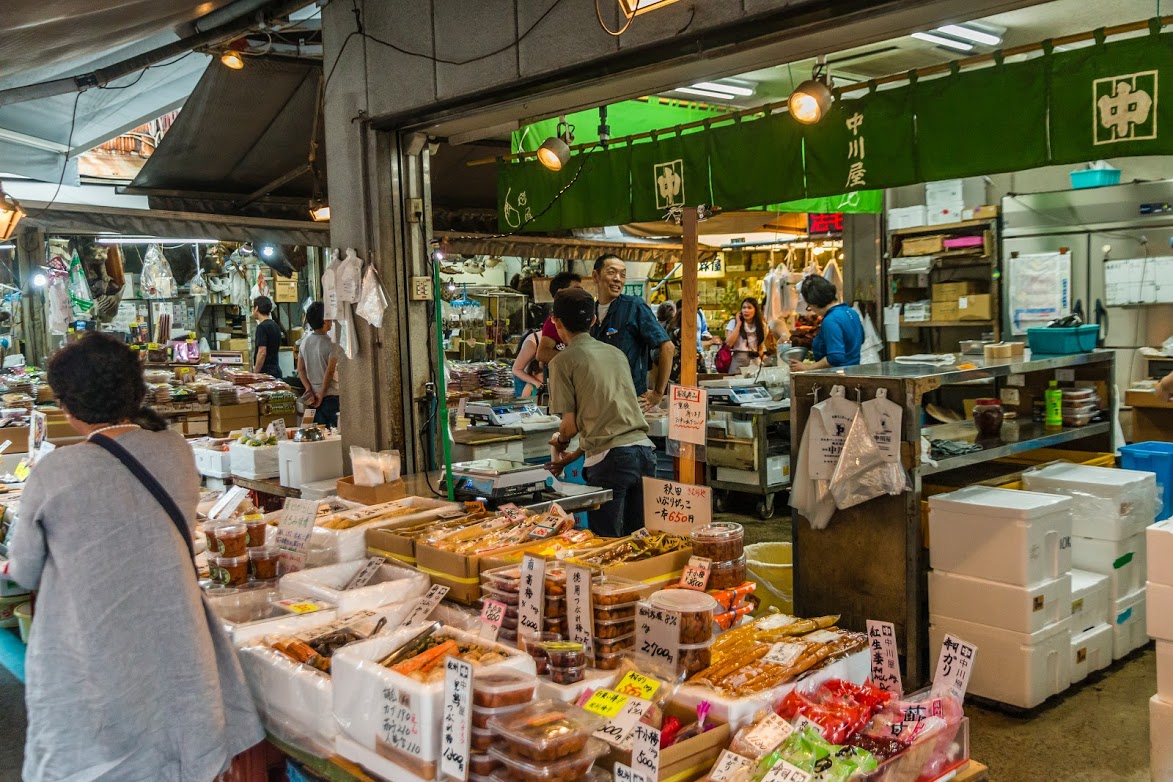In 2020, Japan Wonder Travel was given a project by the Ministry of Economy, Trade and Industry (METI) to promote 14 selected prefectures that have been affected by typhoons. We offered 20 internationals living in Japan, the opportunity to travel to several destinations and share their experiences while travelling and also after.
Alex – Saitama prefecture
Saitama prefecture is located just north west of Tokyo, which makes it perfect for travellers and Tokyoite alike, who are looking for a quick and cheap get away from the busy metropolis. I recently spent 4 days exploring the area, visiting various towns along the way and soaking up their small town atmosphere and friendly culture. Railway museums, beautiful shrines, sake breweries and bonsai trees, Saitama has a whole world of culture to offer travellers.
Day 1 – Tokyo to Chichibu
My adventure started early morning at Ikebukuro station (on the Yamanote line), where I grabbed a quick curry pan (delicious curry filled donut) and jumped on the LaView Limited express all the way to Chichibu. It costs around ¥1,500 and takes a total of 1 hour 45 minutes, while you ride in comfort on a really cool retro future looking train.

First stop, some traditional Japanese culture at Chichibu shrine
Located in Chichibus town centre, the 1.000 year old Shinto shrine was last rebuilt around 1592 and is adorned with beautiful colourful carved wood.
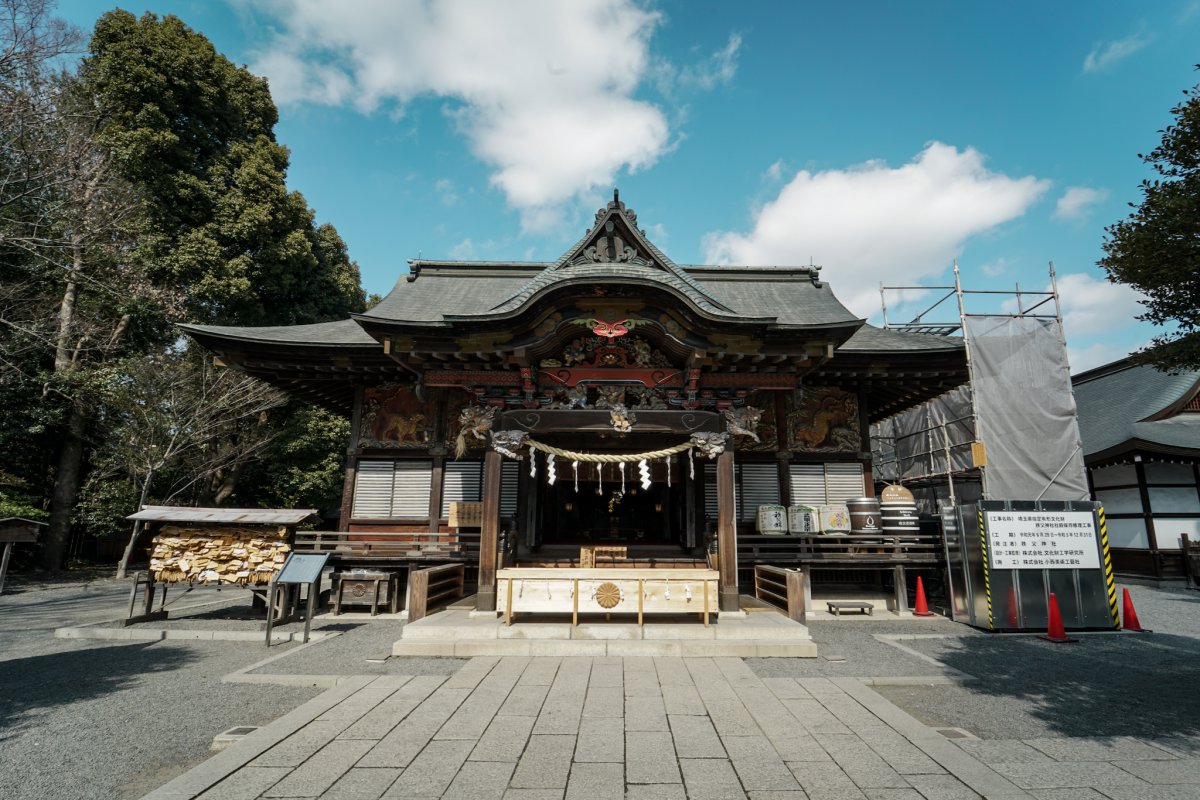
The grounds are also home to various other shrines to pray at, although most of the information is only in Japanese so it might be a little tricky knowing what you are meant to be praying for. With that said, If you are lucky and you visit the shrine on a week day, you might find you have the whole place to yourself, left wander and enjoy it in quiet peace.
Silk and Kimonos at Meisen Museum
After a relaxing stroll around the shrine, my next stop was the Chichibu Meisen Museum, to learn about silk weaving and dyeing. Used to make traditional Kimonos, Chichibu Silk was very popular during the Showa period, and the museum lets you under how it’s made, and every teaching you how to make your own, with various experiences available.
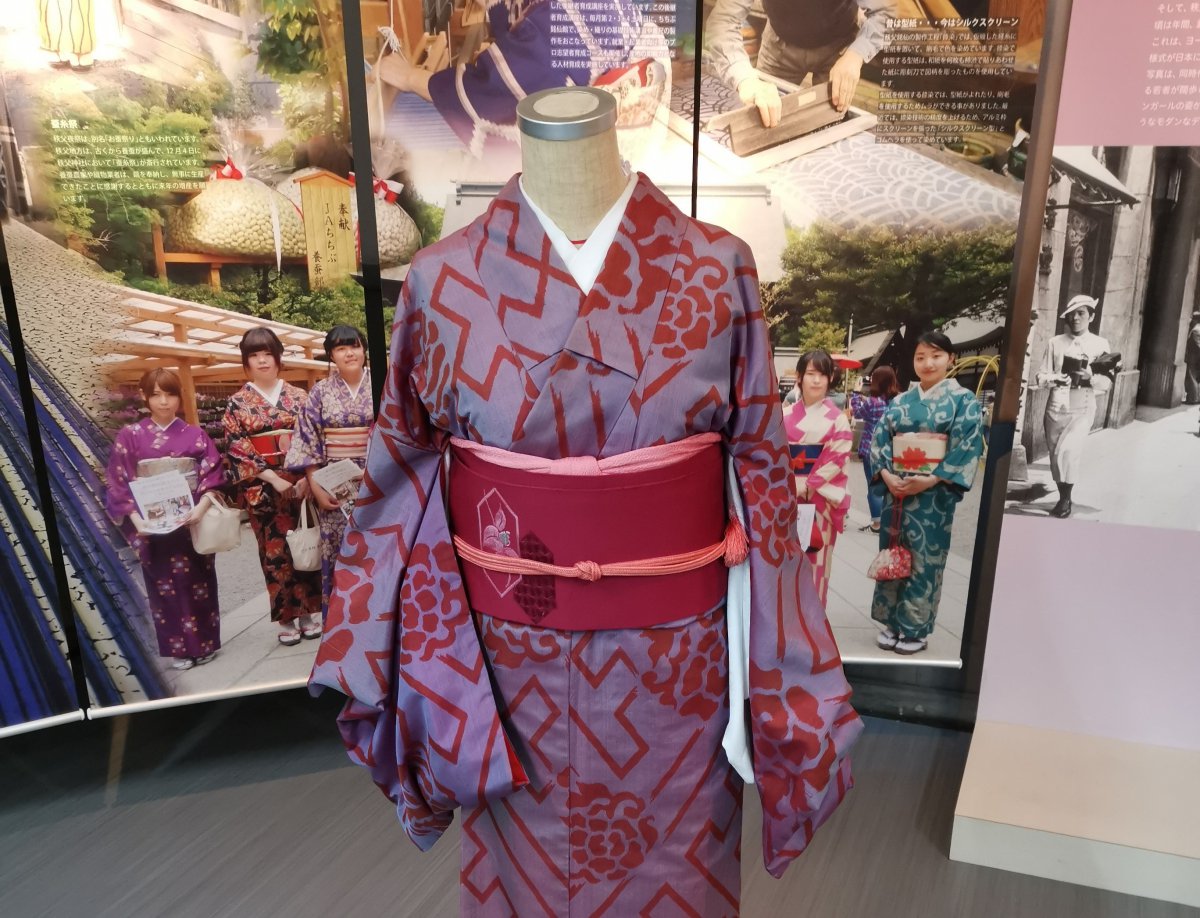
Entry to the Museum is only ¥200 for adults (Kids ¥100) and you can add extra experiences to your visit, such as dyeing and weaving silk. Experiences range from ¥1,000 yen to ¥8,000, but you can try on some beautiful silk coats for free too!
Experiencing Chichibu at night
The only thing left to do on my first day, was to grab a bite to eat, and enjoy some of the night life that Chichibu has to offer.
My night started out with a craft beer from Mahollo Bar, a beautifully modern tap room featuring craft beer brewed right in Chichibu, plus other small breweries from Japan and around the world.
After a quick drink, I wandered down a block to Wakamiko, a small modern style Izakaya, serving delicious Yakitori and other modern dishes. This place was one of the highlights of my trip, eating Omakase (Chef’s choice of dishes), chatting and drinking with a few other locals and the owner of the restaurant. After having our fill of random dishes and drinks, the owner declared he was closing the shop, and we were all going to another bar his friend owned.
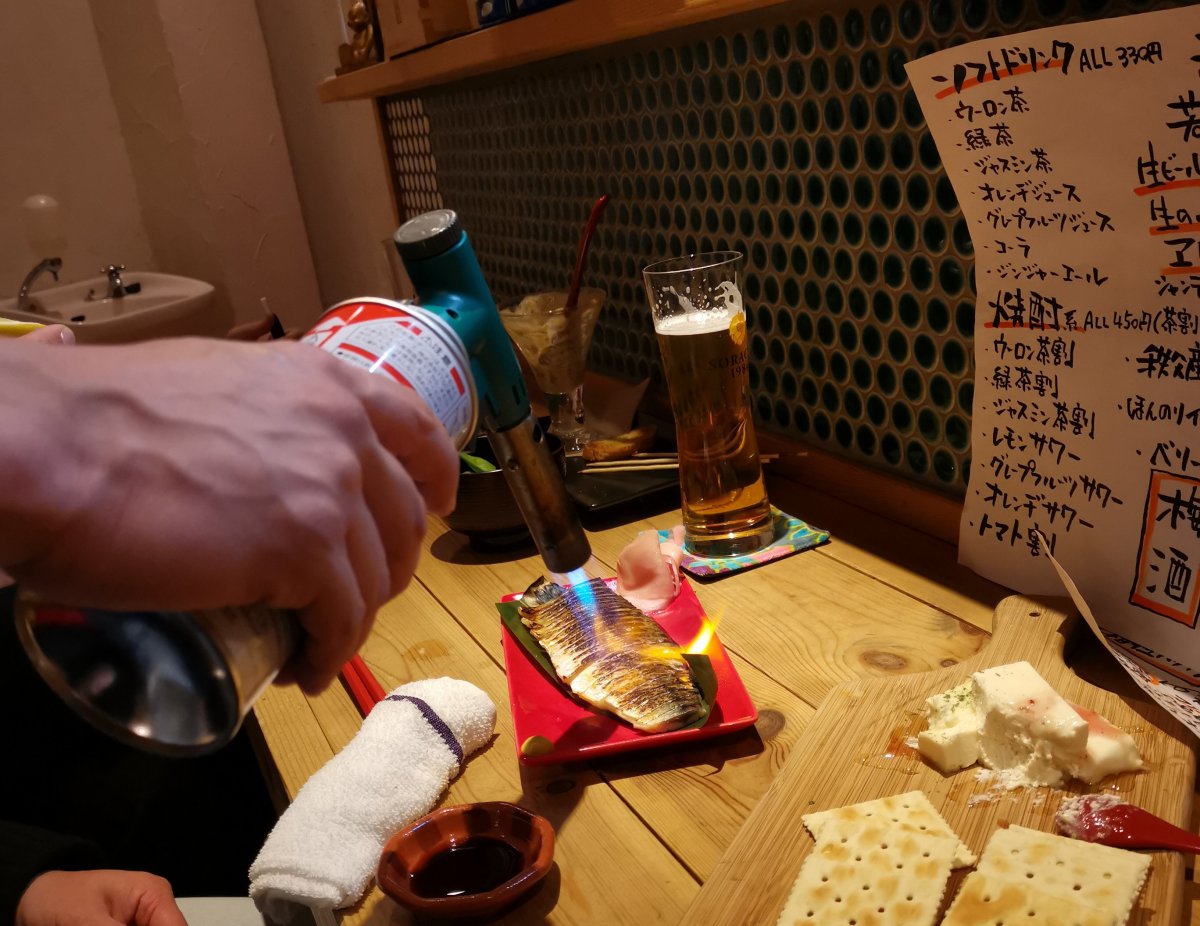
Esquina is a bar inside an old television studio. They have converted the recording studio into what can best be described as an Audio Shrine. Sound proof walls and an stereo set up like I have never seen. We listened to chill music, chatted and enjoyed a few more of Chichibus locals brews until late into the night. Esquina is a bit hard to find on the map (a local secret it seems), but it’s right above Laboratorino, owned by the same chef and audiophile.

Day 2 – Nagatoro rivers and hikes
After a quick buffet breakfast at my hotel, the Comfort Stay Miyabi, it was time to jump on a local train and head to Nagatoro for the day. Being a Saturday, there were noticeably more people in town for a weekend getaway.
The local train from Chichibu to Nagatoro leaves from Ohanabatake every 20 minutes and costs ¥720. It’s a relaxing 30 minute ride through the towns and mountains that surround the area.
Once arriving at Nagatoro Station, I was itching to check out the river and rock formations nearby, after a quick stop at the stations information center for a map of the area, I was off, wandering through the towns Shotengai (shopping street) that winds down to the river front.
Rocks, rivers and boat rides.
Nagatoro is famous for the rock formations that jut out along its river bank.

The rocks make beautiful shapes and are lots of fun to hike over, but the best way to see them is from the river itself. There are lots of tours available along the river, and while many are targeted at adventurous, I opted for a more chilled out cruise down the river in a kotatsu boat – a kotatsu being a small table with blankets around the side and a heater under it. Hey, it was winter and a bit chilly!

The ride was a little bit expensive (¥1,000 for a 20 minute ride) but it was really cool seeing the rocks up close from that angle, and has some great opportunities to take some cool snaps.
Hodosan shrine and Rope way
A short hike up the main road from Nagatoro station sits Hodosan. A beautiful mountain overlooking Nagatoro, with an even more breathtaking shrine at it’s foot.
The shrine is about 1km north from the station, but you can catch the free shuttle bus, or even hire a bike for a few hundred yen if that’s more your style. This shrine feels old, like there are lots of small, special places to discover on it’s grounds.

While the shrine itself was fantastic, what really caught my eye were all the small details. Statues and stones hidden in the gardens, small shrines hidden in the forest behind the main event gave this place a sort of magical feeling.
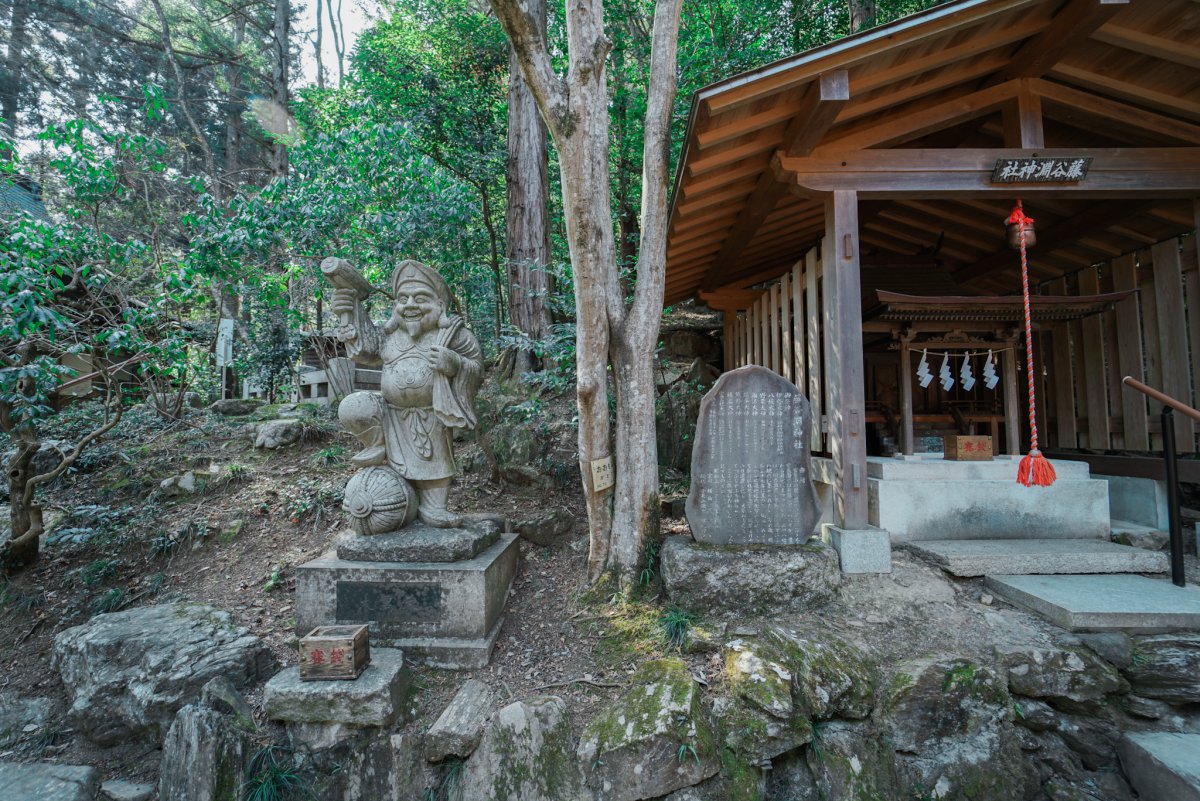
While many enjoy hiking to the top of Hodosan from the shrine, there is also a Ropeway, a short walk down the road. At about ¥800 return, it’s a quick trip to the top of the mountain to take in spectacular views of the top below. The mountain top has a small hidden Shrine in the forest and some other cool gardens to check out.
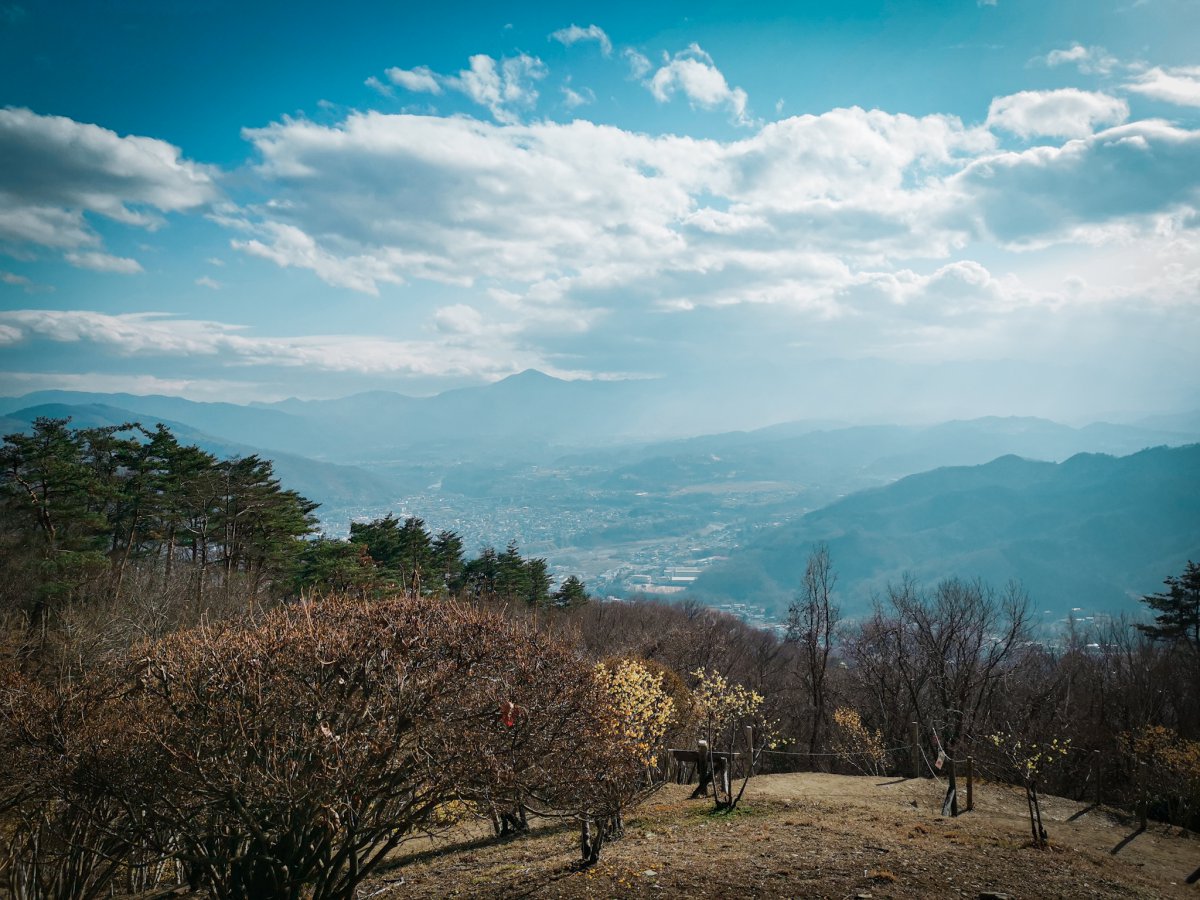
After all that walking, I was done for the day. Heading back to my hotel for a quick dinner and early night, to prepare for a massive day in Kawagoe.
Day 3 – A little piece of Edo in Kawagoe
Day 3 started with an early train to Kawagoe, taking about 1.5 hours from Chichibu, through some beautiful countryside. Kawagoe is about 30 minutes north of Tokyo, and an extremely popular town for daytrippers. On the weekend, it gets extremely busy, so it’s best to get in early and beat the rush.
Warehouses and candy
Kawagoes main attraction is the main street, lined with Edo period (1603-1867) buildings and shops. Packed full of good food, cool traditional stores and a whole street dedicated to Dagashi (Japanese snacks and candy).
Make sure to stop by the Bell tower and grab a coffee at the unique Starbucks next door, with traditional Japanese styling and a zen garden out the back.
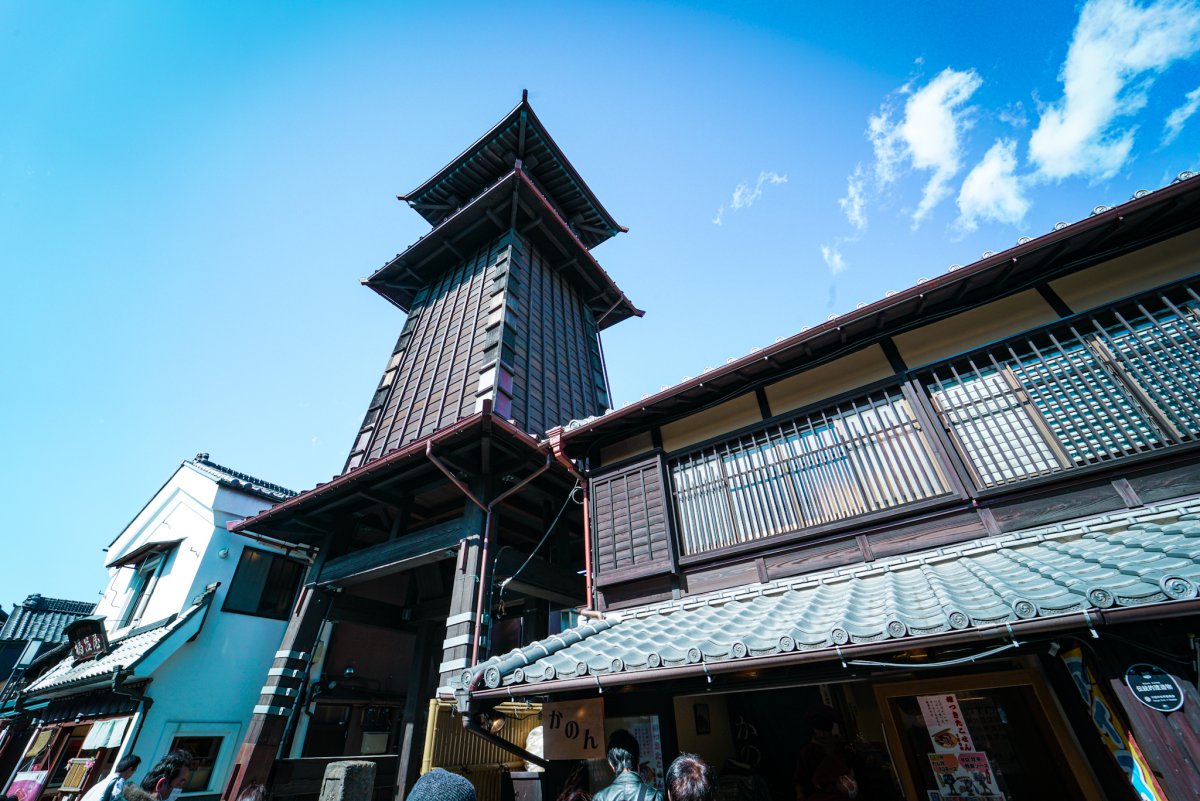
And of course, stop by Kashiya Yokochō (Candy Alley) to pick up some traditional Japanese sweets.
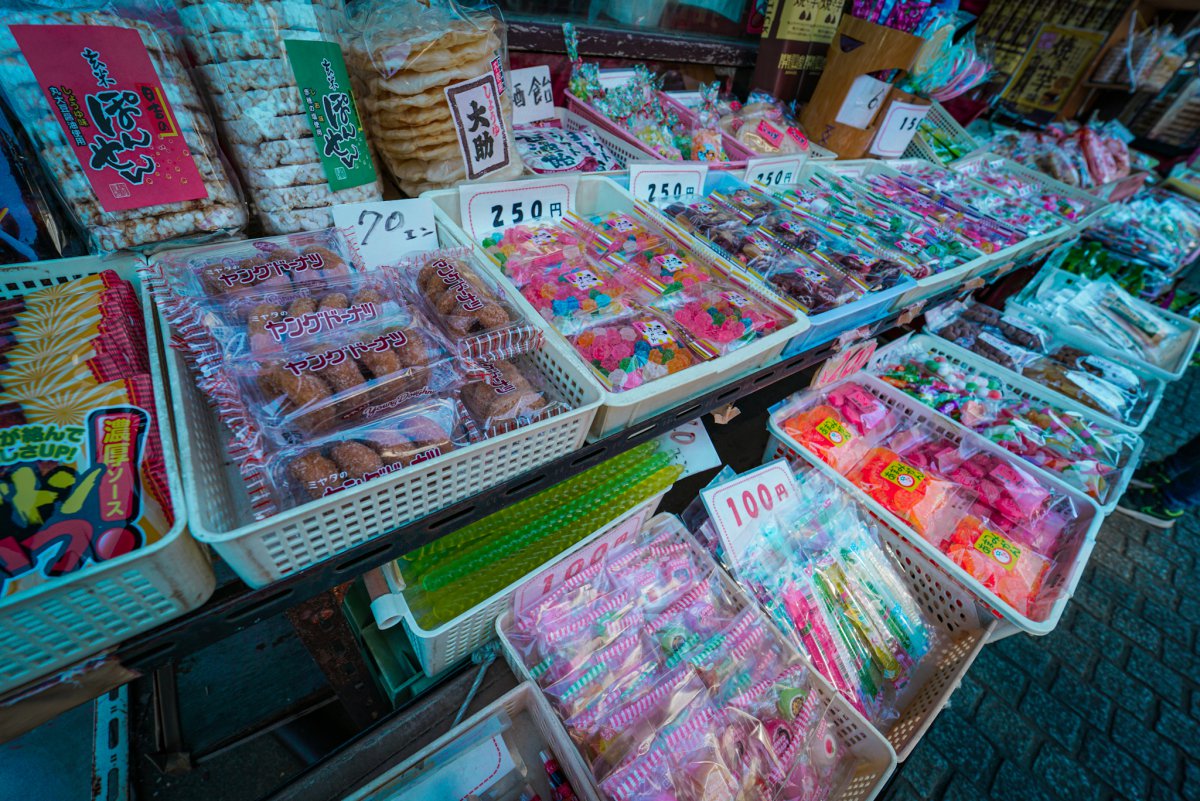
Hikawa shrine
Being such a time wrap, it’s not surprise that Kawagoe has some beautiful shrines to visit. Hikawa Shrine is dedicated to relationships and match making, and well worth a visit. Must see things include the Tunnel of prays, sending off dolls in the stream and catching small fish shaped charms with your fortune inside them.
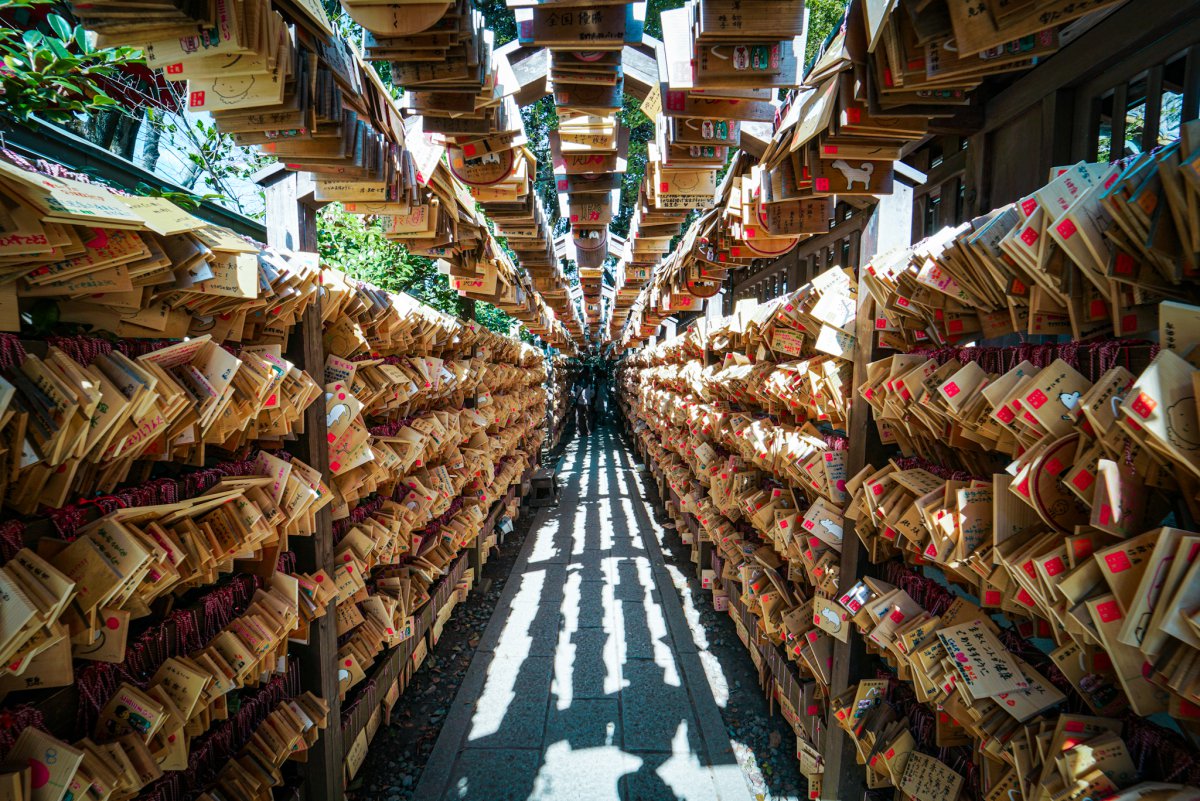
Matsumoto Soy Sauce Factory
Another cool little spot to stop by is the Matsumoto Craft Soy Sauce factory. Running free 20 minute tours of the factory at 1pm, 2pm, and 3pm, the tour was only in Japanese but it was still interesting to wander through the 190 building and see how it’s made.

Sake tasting at Koedo Kurari
My last stop for the day was Koedo Kurari, to taste various sakes from all over Saitama. ¥500 will get you 4 tokens, which you can drop into a wall of vending machines, offering over 30 different types of sake. Each one has different ratings on taste, sweetness, and strength, and you can pick up your favourite bottle right there in the store after.
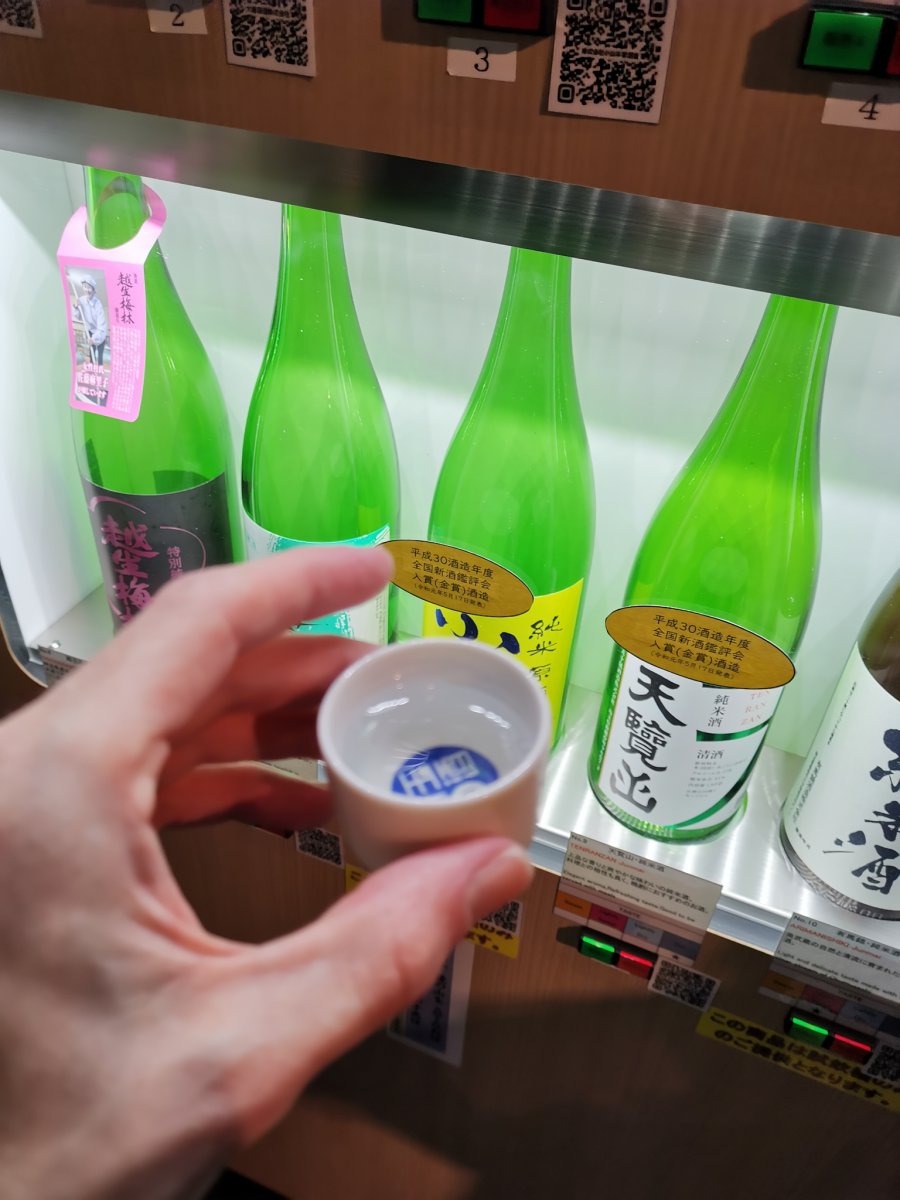
Stay in Chabudai Guest house
Chabudai guest house is a 100 year old residence, transformed into a beautiful guest house. With dorm style rooms (6 beds each) for male and female, a bar and cafe at the front, and relaxing garden out the back, this place is a whole vibe. After a quick dinner, I spent most of my night hanging out with folks from all over Japan and the world, drinking and chatting into the night, and for ¥3,400 a night, it’s a total bargain.
Day 4 – Trains and bonsai trees in Omiya
My trip was almost coming to an end, but I had a few more stops to make before heading back to Tokyo. Jumping on a short local train ride over to Omiya and over to the Omiya Railway museum, this place is a must see for train geeks like myself.
Omiya Railway Museum
The Omiya Railway Museum is just one stop away from Omiya station, on the New Shuttle line. It’s a ¥1,300 entry free, but there is just so much to do here. Be sure to budget at least a few hours to try and see it all.
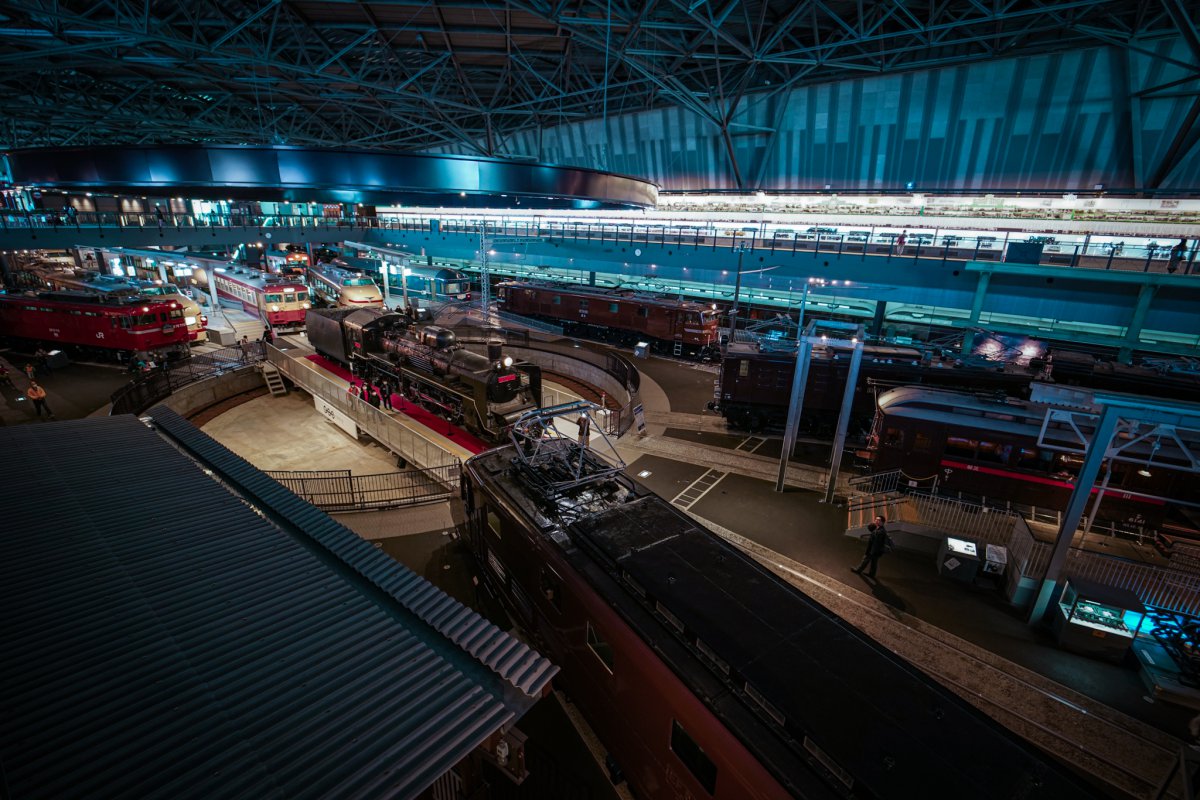
The railway museum is a complete history of trains and railways in Japan. From the original steam engines from England, to the latest Shinkansen (high speed bullet trains), many of which you can go inside and get a real feel for how it was like travelling in those times.
The museum also features a whole set of train simulators, allowing you to experience what it’s like to actually drive a Shinkansen or even the famous Yamanote line in Tokyo. It’s best to get in as early as possible for the simulators as they get booked up fast.
Be sure to also grab an Ekibento (Train station lunch box) and enjoy it in one of the old trains specifically set up for eating lunch.
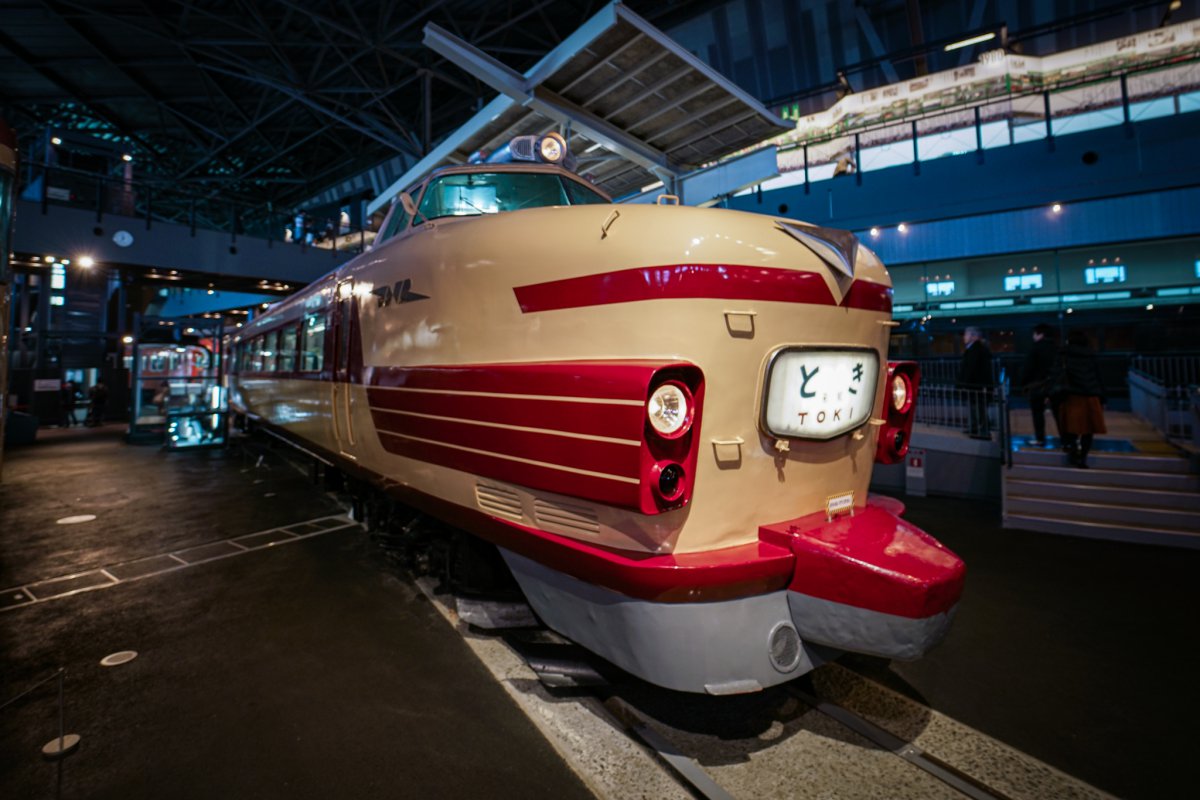
Bonsai Art Museum
My last stop of the trip was the Omiya Bonsai Art Museum. Omiya is Bonsai central, with whole villages dedicated to the art form, and the Bonsai Art Museum has some incredible pieces, some even over 800 years old.
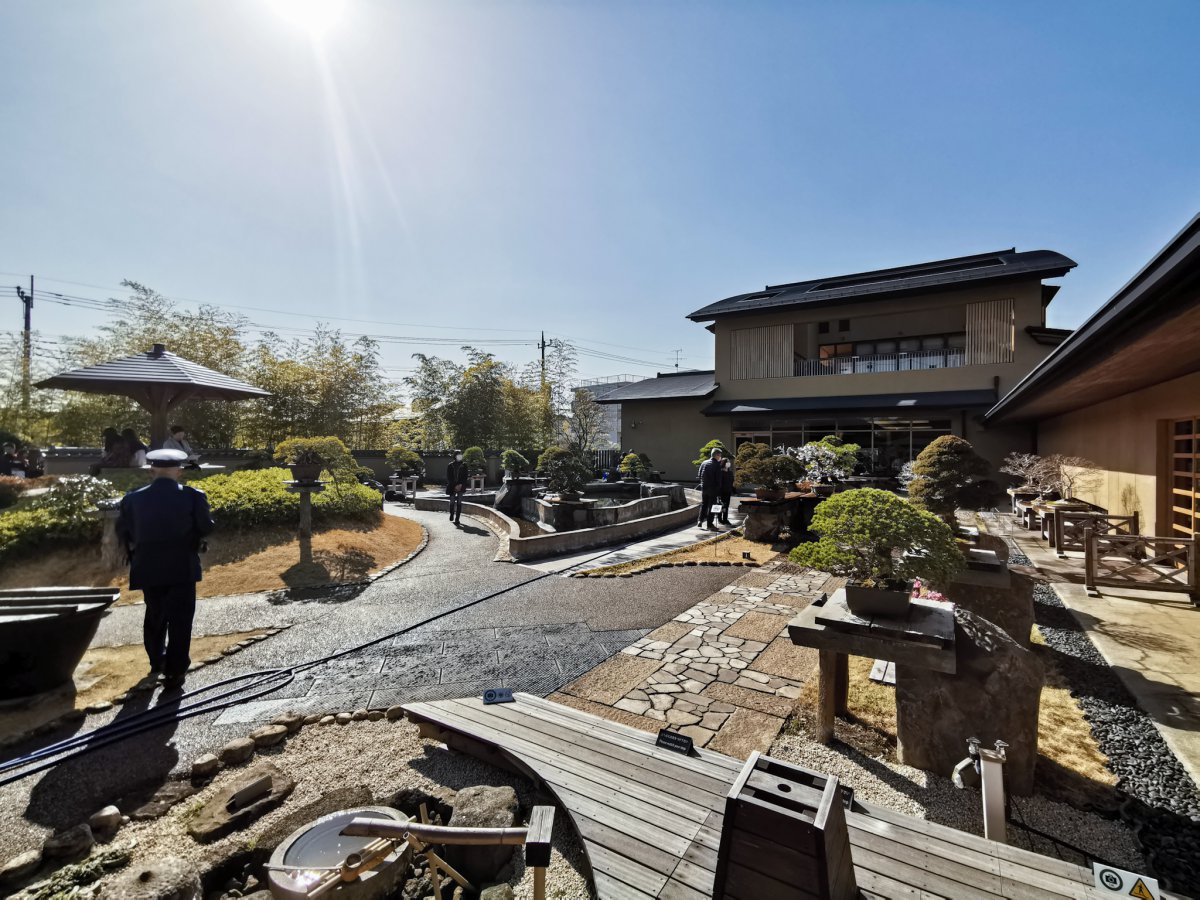
The museum costs ¥300 for entry and offers free tours in English to make sure you can fully appreciate the art form.
In the end
After 4 days of travelling and soaking up all that Saitama has to offer, I have experienced traditional Japan at its finest, enjoyed some of the best food and sake the country has to offer, and met many new friends who made the journey extra special. Whether it’s a day trip out of Tokyo, or spending a few days relaxing away from the hussle of the city, just make sure you have enough time to see everything!

Hotels he stayed during his trip
We were very excited to work with Alex-san, and all the other guests for this project, and will continue to do our best to promote the less known destinations as much as we can. Keep an eye on our Facebook and Instagram to find another project with us.
And of course, if you need any help to find hidden gems in Japan, Japan Wonder Travel will happily help you out.
Happy travelling!


